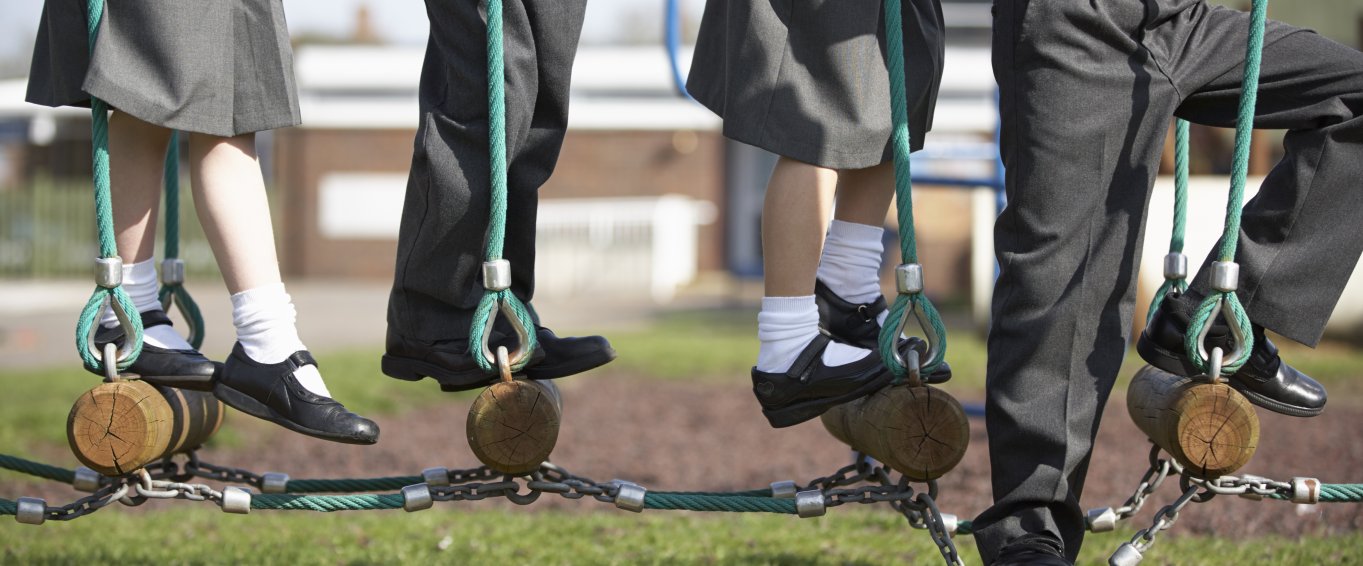The Close of Play - Why the Decline of School Breaktimes Is a Problem

According to a study from University College London's Institute of Education, school playtime is in serious decline. Over twenty years, UK primary schools have cut playground breaktimes by 45 minutes per week. In 1995, children were afforded 94 minutes of playtime per day, on average. By 2017, this had dropped to 85 minutes and the trend looks set to continue.
For youngsters aged 7-11yrs, breaktimes have shrunk from 83 minutes per day in 1995 to 75 minutes in 2017. This is despite spiralling rates of obesity and worsening fitness levels among our nation's children. As the National Obesity Forum stresses, further cuts are likely to hinder schools' ability to deliver the recommended 60mins (minimum) of physical activity per day.
The Compelling Case for Playground Learning
Unstructured playtime is vital not just because it adds physical activity to a child's day: it is an opportunity for many kinds of learning and development. Most grown ups know they feel healthier, more alert and more focused after a burst of vigorous movement. Yet, school kids are routinely deprived of chances to stretch their limbs, unleash their energies and indulge in farcical, fantastical play.
Play is considered so integral to development that it is recognised by the United Nations as a human right. In a school setting, it encourages children to apply their creativity while also nurturing imagination, physical dexterity, cognitive plasticity and movement competence. As they explore the world, play helps pupils acquire new skills, greater confidence and the adaptability needed to take on future challenges.
Longer breaktimes improve learning readiness, classroom behaviours and problem solving abilities. Yet, as curriculums continue to prioritise reading and maths over play, children's capacity for storing new information suffers. Some child development experts say it even contributes to divergent academic performances between males and females as sedentary learning styles pose a greater challenge for boys.
Finding a Solution to Waning Playtimes
While it's true British schools face unprecedented pressures - curriculums sag beneath the weight of league tables and standardised testing - they must remain places of physical and creative freedom. Parents can be encouraged to optimise conditions for play in the home, however, broader societal responses are needed to address inequalities in leisure time and opportunities for unsupervised play.
For young people in lower socioeconomic areas, enhanced child care services, increased academic programming, varied enrichment activities and early community based education can play a vital role in ensuring physical and cognitive development stays apace with peers. For children of all ages and backgrounds, play is a cherished part of growing up and it must be valued as highly as 'pen and paper' learning.
-
To learn more about links between physical activity and learning, read our blog on the benefits of active lessons.
-
Or explore the impact of physical literacy for child growth and development.
Members of our Healthy Schools Programme get access to exclusive printables, video clips, lesson plans, CPD modules and lots more. If you're concerned about physical activity levels or a lack of play at your school, use these health and wellbeing tools to foster positive change.